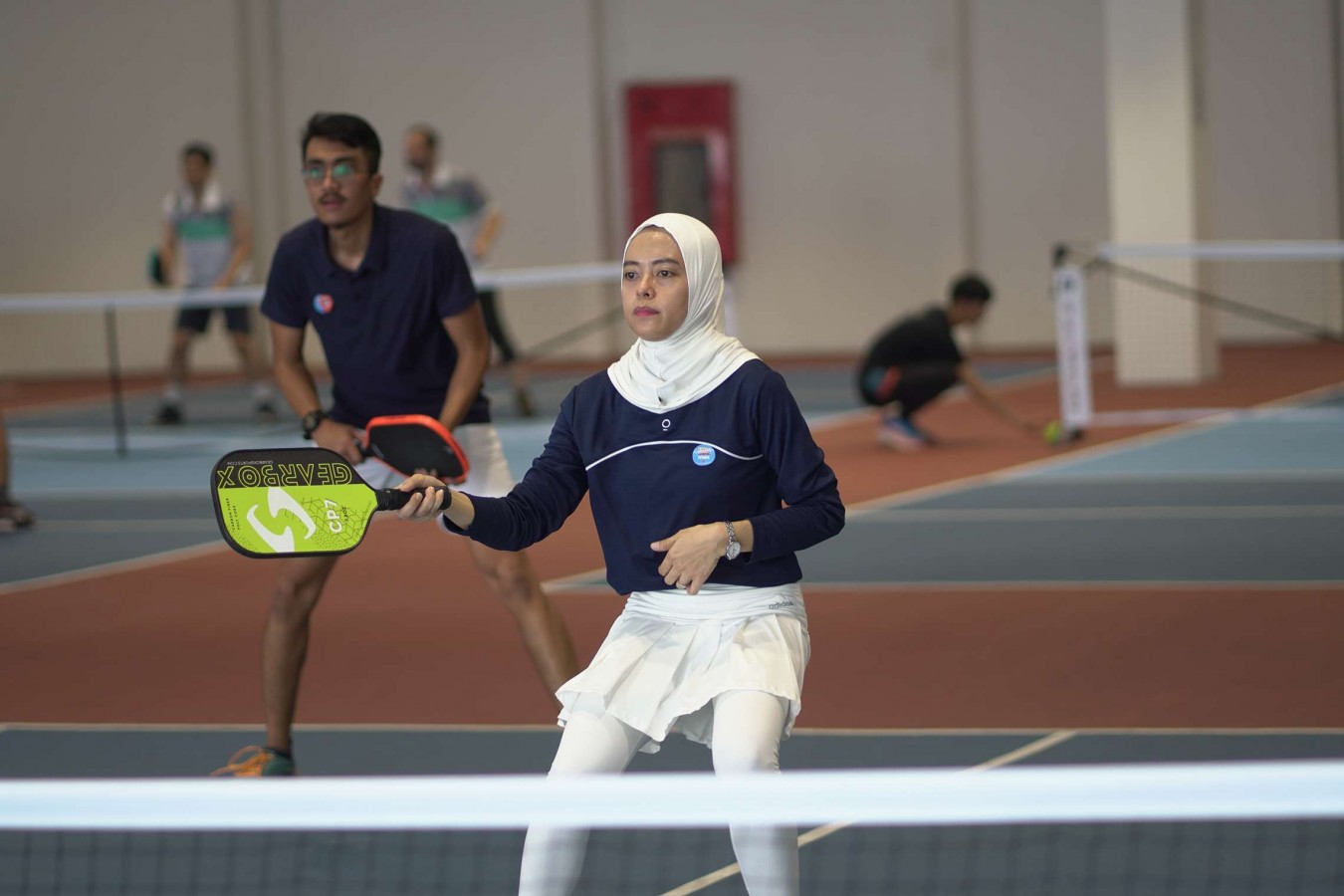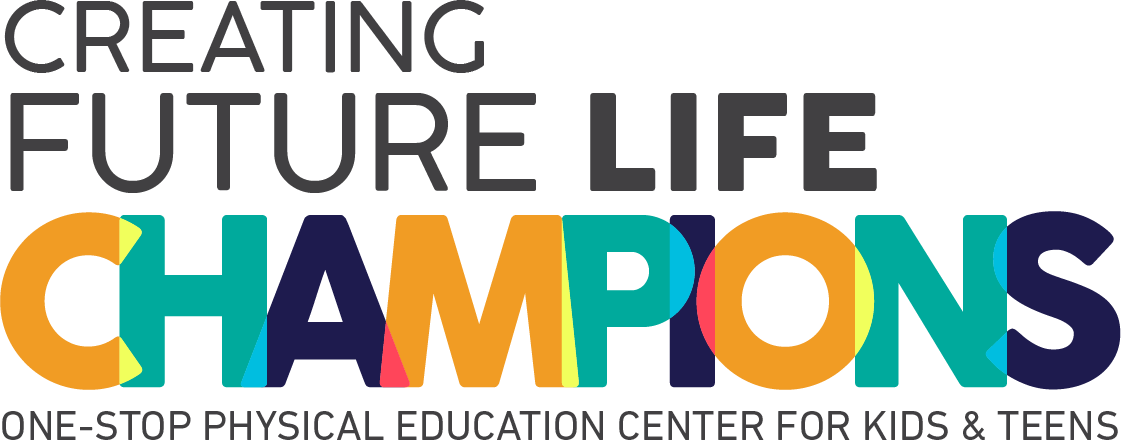Mastering Pickleball Defensive Strategies: Tips to Stop the Attack

Pickleball is booming in popularity—and if you’ve joined the fun, now’s the perfect time to level up your game! While hitting powerful smashes can be exciting, knowing how to defend and stop the attack is just as important.
Mastering pickleball defensive strategies can help you stay calm under pressure and turn defense into offense. In this guide, we’ll walk you through smart, easy-to-learn tips so you can outplay your opponents and impress your crew on the court. Let’s get ready to block, reset, and control the game like a pro!
Defense in Pickleball
Playing defensively means responding to your opponent’s pressure by returning shots with control and staying in the rally without over-hitting. It involves resetting the point to bring the game back to a neutral state when you're being pushed around.
Good defense also creates opportunities to regain control and eventually shift to offense. In short, defense isn’t passive but also the proactive part of the game.
How to Reset the Point in Pickleball
A reset in pickleball is a soft, neutral shot that helps you regain control when you're under pressure. When you're forced off the kitchen line, a soft dink straight ahead with a slight arc can give you time to recover.
Another option is a defensive lob to push your opponent back and create space. However, lobs must be hit high and deep enough to avoid an easy smash, but not so deep or low that they become an opportunity for your opponents to attack.
Pickleball Defensive Positioning
Defensive positioning in pickleball is all about being in the right place at the right time to handle your opponent’s attacks effectively. Your body position, paddle placement, and footwork all play a critical role in keeping you balanced and ready to respond. Here’s few tips defensive positioning in pickleball:
1. Always Stay Balanced
Stand with your feet shoulder-width apart and knees slightly bent, staying light on the balls of your feet rather than flat-footed. Keep your paddle up in front of you with relaxed elbows. This ready position allows you to react quickly to any shot.
2. Protect the Middle
The center line is a common target, especially in doubles. Stand with your feet pointing toward the net and communicate with your partner to cover middle shots.
3. Manage No‑Man’s Land
This mid‑court zone is risky. Either stay at the kitchen line or at the baseline based on context. If you’re here only briefly, use a quick split‑step to prepare and move back or forward efficiently
Core Pickleball Defensive Tips
Good defense isn’t just about reacting but also about anticipating your opponent’s shots, controlling your movements, and making smart choices with every return. Here’s few tips:
- Keep Paddle Up & Grip Loose
Keep your paddle at chest or waist height, ready to block or dink as needed. Holding the paddle with a relaxed grip helps improve your touch, feel, and reaction time.
- Watch the Ball
Track the ball from the opponent paddle to yours to anticipate spin, speed, and placement.
- Balance Before Contact
Stop your feet before hitting to ensure control, especially on pop-ups. Just remember to not run through shots.
- Block Instead of Swing
For fast drives or volleys, use a gentle block. Let the ball meet the paddle and guide it back low over the net.
- Don’t Chase Bad Balls
Assess whether it's worth attempting a return. If it’s deep, erratic, or out of ideal reach, let it go and reset your court position instead.
- Stay Calm & Patient
Smart defense means choosing higher-percentage shots like soft resets or deep returns rather than forcing winners. It’s about outlasting your opponent
Essential Pickleball Defensive Drills
Practicing defense takes focused pickleball drills to sharpen your reactions, footwork, and shot control under pressure. Essential defensive drills help you build the muscle memory and confidence needed to stay composed during fast-paced rallies. Here are drills to build sharp, reliable defense:
1. Cross-Court Reset
Stand at the kitchen line facing your partner and start with cross-court dink rallies. When you're pushed wide or off-balance, practice resetting the rally by hitting a soft dink straight ahead. As you play, focus on resetting your feet and stance back to a neutral position while maintaining consistency and managing the depth of your shots.
2. Defensive Lob
Have your partner hit a mix of dinks and drives at you, and practice smoothly transitioning from a dink to a lob that lands behind your opponent. Pay close attention to the height and depth of your lobs to avoid giving them an easy opportunity for a smash.
3. Mid‑Court Pop‑Up Blocking
One player feeds pop-up balls from mid-court while the defender focuses on using quick footwork, coming to a stop before contact, and blocking the ball low over the net to keep the return controlled and difficult to attack.
4. First‑to‑50 Blocking Game
The defender and feeder take turns alternating roles. The feeder sends volleys while the defender works on blocking the ball back into play with control. Continue the drill until the defender successfully completes 50 blocks, then switch roles.
5. Footwork Shadowing
Use shadow practice to mimic the movements of dinks, blocks, resets, and lobs without using a ball. This helps reinforce proper foot placement, balance, and body mechanics, building muscle memory for real-game situations.
Improve Your Defense With Rockstar!
Mastering defensive strategies in pickleball is key to turning the tide of any match and staying one step ahead of your opponents. Hitting lob is also a good way of defense. Why? Because lob shots are neutralizing shots, so you can get ready for defense because of the hull shot.
Rockstar Academy’s Sport & Performing Arts Academy offers expert coaching designed to elevate your game through pickleball class. Joining Rockstar means gaining access to specialized training, fun drills, and a supportive community—all tailored to help you become a stronger, smarter player.
At Rockstar Academy, our Pickleball Program also offers exciting opportunities to compete in the Elite Championships. This exclusive event is designed for students in the Elite Class, giving them a chance to put their training to the test in real match settings.
With up to 4 competitions per term and 16 times a year, players regularly face off in thrilling games held at professional sports stadiums, building confidence, sharpening competitive instincts, and experiencing the true excitement of the sport. It’s the perfect stage for young athletes to grow, shine, and celebrate their progress!
Prefer to advance your skills in the fastest and more efficient way? Try our Private Instructions program! You can try out their programs with a free trial class to experience firsthand how they can help you master your pickleball defense and much more.
FAQ
What’s the difference between defensive play and resetting?
Defensive play reacts to shots under pressure, while resetting is a specific, neutralizing strategy to regain control.
When should I use a lob versus a dink reset?
Use a lob when you’re far from the net or need more time. Use a reset dink when you’re close and want to quietly slip back into position.
How do I know when to attack?
Attack when your opponent sends a pop-up or weak shot. Deep aggressive dinks or third-shot drives are effective transitions.



